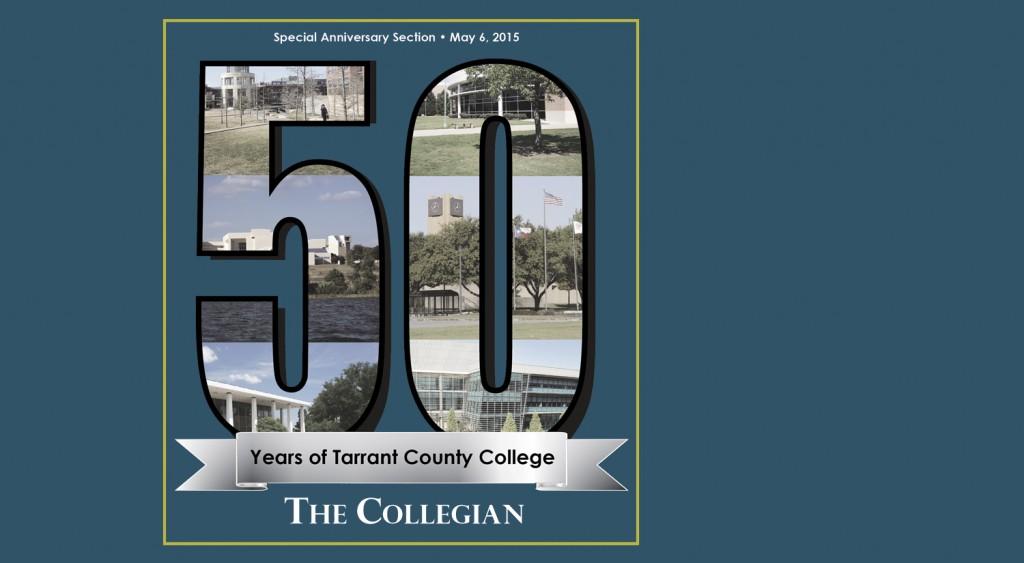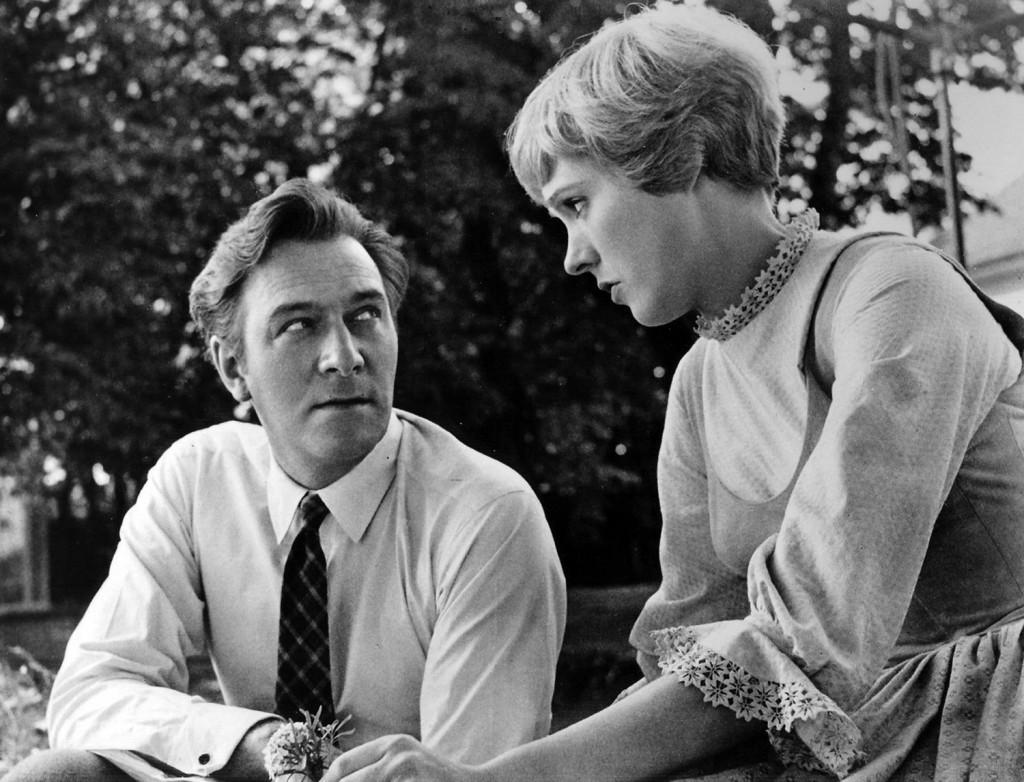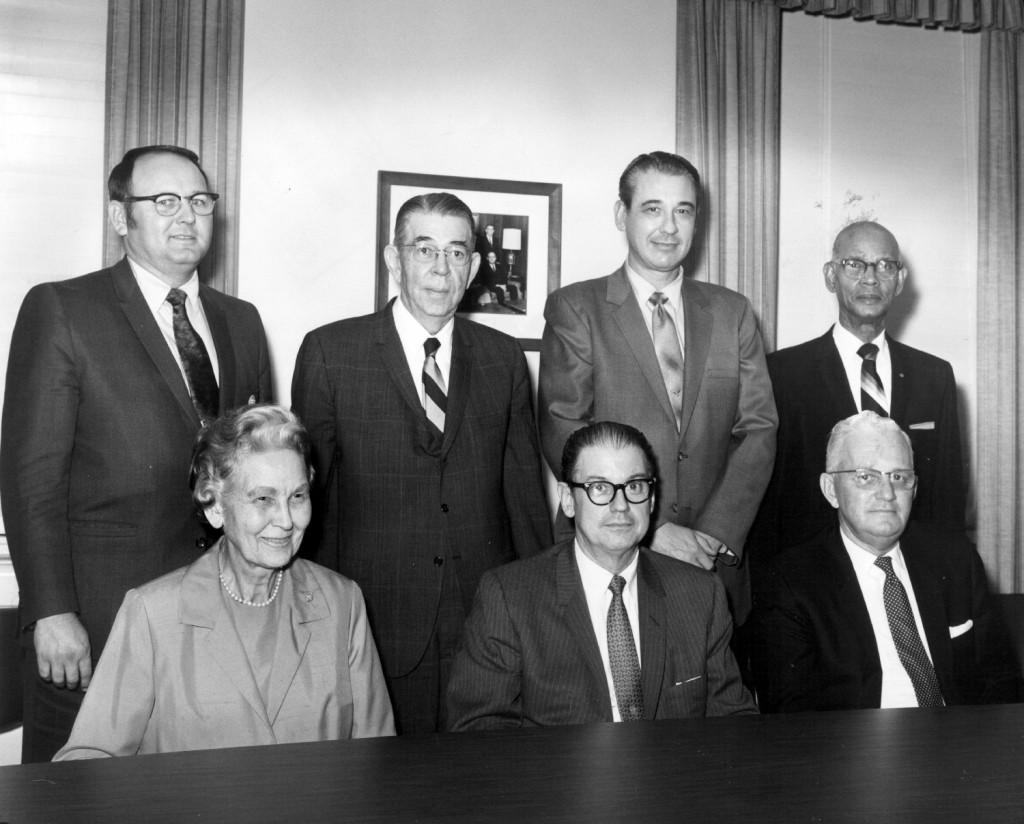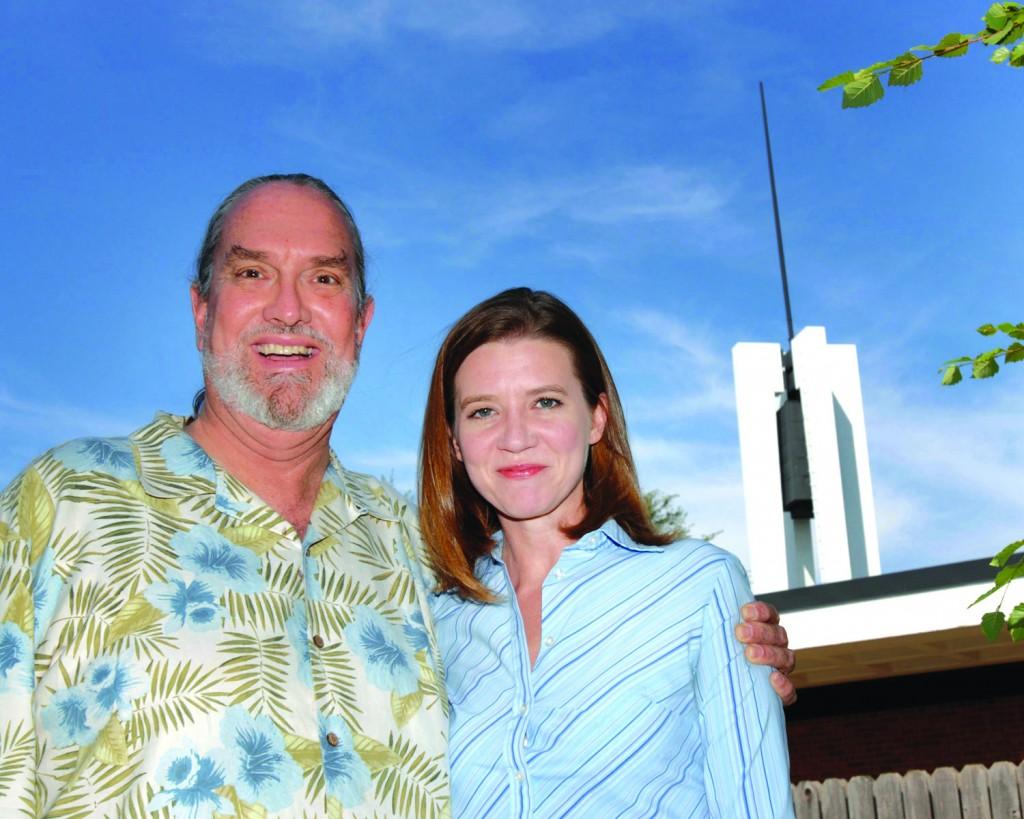By Linah Mohammad/se news editor
Twenty years ago, the fourth installment of TCC campuses opened in the strategic area of Arlington, near the borders of Dallas and Tarrant counties.
“The campus started at Barnett Middle School, which is just down the street here,” said Mike Cinatl, the president’s assistant. “We started in the summer, and we used their home economics classroom as the office for all the administration.”
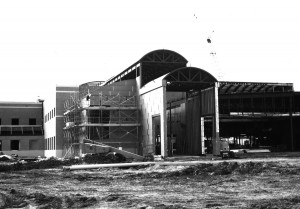
SE Campus’ first counseling center and classes were in a portable building.
Lynnette Henshaw has been working in SE maintenance before there was a SE.
“I’ve been here before the campus was even built,” she said. “My office was an old farmhouse by the pond that belonged to the English family.”
In fall 1996, the campus moved, but everything wasn’t finished.
“Only half the building was ready for us,” Cinatl said. “The west wing wasn’t ready. The gym, the bookstore, the classes over there, none of that was finished.”
People couldn’t come in and look at it, so officials hosted The Drive Around, Cinatl recalled. People could only come in and drive around the campus, but every department had something to hand out.
“The Drive Around was just a lot of fun and a lot of excitement,” said Judith Carrier, SE founding president. “It was a very hot summer, but everyone was there because they genuinely wanted to.”
Cinatl said SE opened with the idea that they might have close to 3,500 students. Their first registration was right around 5,000.
When registration had started, Carrier said registrars were sitting out in the hallway registering students on their laptops because the computers weren’t set up yet.
When the campus was built, TCC was using bonds to pay for large projects.
“In other words, they’d ask the voters to approve a bond, a loan from the taxpayers,” Cinatl said. “When the money ran out, they inadvertently chopped parts of the building off. We got so small that faculty were two to an office.”
Opening with such small space, Carrier said, was a challenge, but fun.
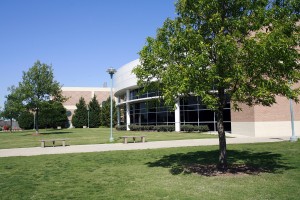
“It was so much fun looking at the students on the stairwells or in the Main Commons,” she said. “Whether they were drawing or having instruments out and playing them, everyone loved it.”
According to Carrier, faculty had to do a lot of sharing during the first year.
“It was just the spirit of ‘We can do it.’ We looked at it as ‘We are in the right place at the right time,’” she said. “When the cafeteria opened, teachers would meet their students over there, or they would meet with other faculty over lunch. Sometimes we had department meetings over there because that was the only space available.”
SE started with only 40 faculty members. Now, it has around 160 full-time faculty members.
“Because we are one building, the camaraderie is really good because you see each other,” Cinatl said. “Dr. Carrier did not want math teachers to all be together, English teachers to have all there offices together. She wanted the disciplines to be mixed up because that cultivates cross-curricular discussions.”
Carrier said she considers herself very lucky to have been there for 15 years.
“You open something, and it becomes as good a reality as perhaps we could have ever imagined to start with,” she said.
























